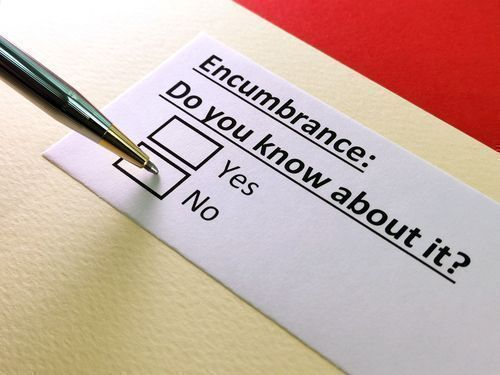From the initial stage of applying for a home loan to the finalising of property deals, there are various facets to pay attention to. One of the most important aspects on that list is ensuring one’s free title of the property. To ensure the investor’s property is free from various financial or legal liabilities one has to obtain an encumbrance certificate (EC).
What is an Encumbrance Certificate?
An encumbrance is a document containing all the charges against a property by a party that does not own it. By levying a ‘lien’ or charge against a property, lenders ensure that the borrower does not sell the property in concern until the loan or mortgage is completely paid. An encumbrance certificate lets property buyers get such information about a property.
This document proves free ownership of a property. It also serves as a record of all legal disputes, mortgages, transactions, or financial liabilities concerning the property over a particular period. EC serves as an essential document in legal disputes, loan applications, and property transactions.
What is the Importance of an Encumbrance Certificate?
An encumbrance certificate or EC is important for the following reasons:
It acts as a tax record.
It is proof that no other party claimed the legal title of the property.
A lender will only approve a loan against the property if it has a clear title and is free of any financial or legal charges.
How to Apply for an Encumbrance Certificate?
To apply for an encumbrance certificate online one can follow the steps below:
Step 1: Visit your state’s official website for land registration and navigate to the option to apply for EC.
Step 2: Login/register to the portal, enter the search period and click ‘Calculate Fee’.
Step 3: After online payment, you will receive an acknowledgement that you can print out.
What are the types of encumbrance certificates?
The sub-registrar office (SRO) issues two types of encumbrance certificates:
Form 15
Form 15 is for properties that had any transactions or encumbrances concerning loan, inheritance, gifting, sale, or partition during a specific period one has asked EC for.
Form 16
Form 16 is for those properties that have no charges or encumbrances for the specific period.
What are the documents required to get an encumbrance certificate?
Here is a list of documents one needs to gather for an EC before applying for a home loan:
Application form
Details of the property
Title details of the property
A photocopy of any executed deeds of the property
The registered deed number, signature of the applicant, book number, date, and volume/ CD number
Attested copy of address proof
Purpose of the EC
The specific period for the EC
Property card (if available)
Aadhar card
Many reputed financial institutions extend various pre-approved offers to their existing customers to expedite their home loan approval process. These offers are usually available on home loan and loan against property. Interested individuals can check their pre-approved offer by logging in to the official website of the financial institution and entering their basic details
In real estate transactions, the encumbrance certificate is an essential document that provides a thorough understanding of property ownership. It guarantees openness by disclosing any current debts or legal problems related to the asset. For this reason, obtaining an encumbrance certificate is crucial for purchasers as it acts as a buffer against future conflicts or monetary obligations. One cannot overemphasise EC’s importance in protecting real estate transactions and giving purchasers peace of mind.











No comments:
Post a Comment